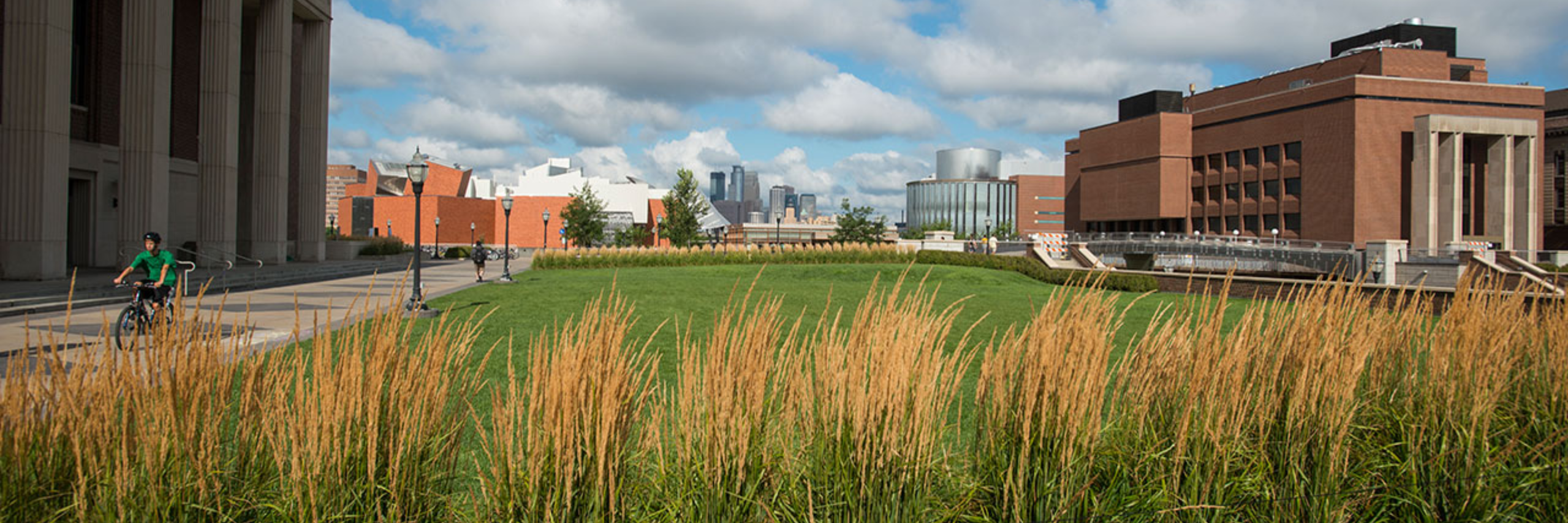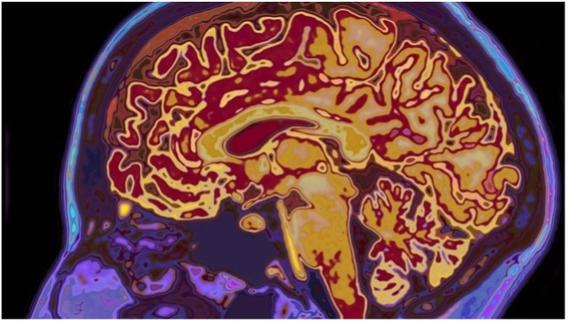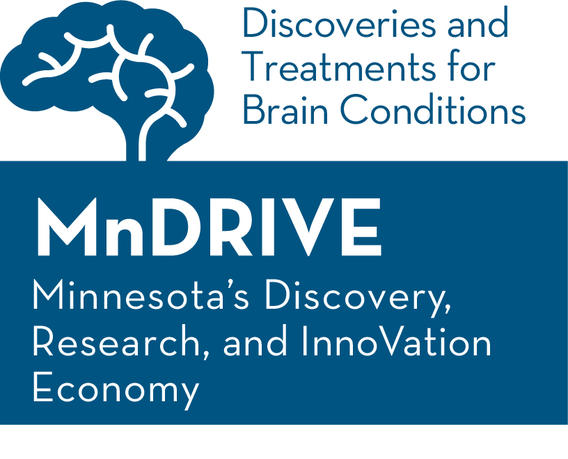
Our initiative is part of a University-wide partnership between the University of Minnesota (UMN) and the State of Minnesota that aligns areas of research strength with the State’s key and emerging industries to address grand challenges. MnDRIVE – Minnesota’s Discovery, Research, and InnoVation Economy – supports research in five strategic areas: Brain Conditions, Cancer Clinical Trials, Environment, Global Food, and Robotics.

What is Neuromodulation?
Neuromodulation is a transdisciplinary field focused on treating nervous system disorders (e.g., neurological, psychiatric, autonomic or end-organ dysregulation, sensory or motor dysfunction related to the spinal cord or peripheral damage, etc.) with technological interventions at an appropriate neural interface that provides a therapeutic response and is non-destructive, reversible, and adjustable. Neuromodulation research integrates basic science, engineering, and clinical disciplines to yield new insights into nervous system function and to develop therapeutic innovations that include electrical, magnetic, optogenetic, and ultrasound technologies.

MnDRIVE History
MnDRIVE—Minnesota’s Discovery, Research, and InnoVation Economy—is a partnership between the University of Minnesota and the State of Minnesota that aligns areas of research strength with the state’s key and emerging industries to address grand challenges. Launched a little over five years ago, MnDRIVE receives $22 million annually from the state to support research in five strategic areas⸺Robotics, Global Food, Environment, Brain Conditions, and Cancer Clinical Trials.
The University of Minnesota Informatics Institute (UMII), which fosters and accelerates data-intensive research, receives partial funding from MnDRIVE and provides key support to these projects. Other areas that receive recurring funding from MnDRIVE include technology commercialization and research infrastructure.
MnDRIVE represents a unique, collaborative research model involving interdisciplinary research projects across the University that address grand challenges and include industry and community partnerships as a key component. Each of the research areas have committees and advisory boards to provide guidance on research objectives.
The Office of the Vice President for Research (OVPR) provides accountability measures for the initiative and helps advocate for the program at the state capitol. Success metrics are tracked across all research areas to assess the impact of MnDRIVE research, education, and industry relationships on economic development and quality of life for Minnesotans.
Since its inception, MnDRIVE research across the five research areas has involved more than 1,200 researchers in more than 150 departments and dozens of colleges across three campuses (Twin Cities, Duluth, and Morris). Learn more about how MnDRIVE's first five years helped to attract faculty who are leaders in their fields, hire research staff, renovate lab spaces, purchase equipment, and conduct world- class research with direct relevance to the residents and industries of Minnesota.

MnDRIVE Brain Conditions History
MnDRIVE Brain Conditions comes to life in July 2013, when Dr. Tim Ebner and Dr. Jerry Vitek, Head of Neurology, were asked to submit a proposal to the President of the University focused on neuromodulation for brain conditions. Brain-related disorders are devastating both to patients and their families and severely impact the world economy, both in health care costs and lost productivity. Disorders such as Parkinson’s disease, Alzheimer’s disease, dystonia, tremor, depression, obsessive compulsive disorder, stroke, chronic pain, Tourette syndrome, and schizophrenia lead to chronic debilitating illness and markedly compromised quality of life. Few families are excluded from one or more of these devastating illnesses. These disorders affect 1 in 5 Americans, leading to over $600 billion in annual costs. As the population ages, the prevalence of these disorders is increasing. New treatment modalities are imperative if we are to minimize the economic impact on the aging population and improve the quality of life and productivity of these patients. One of the most exciting approaches to treating brain-related disorders is neuromodulation. Neuromodulation refers to a broad class of therapeutic interventions in which the activity of populations of brain cells or brain circuits are changed (modulated) in such a way that one can decrease disease symptoms and restore normal functioning.
MnDRIVE Brain Condition was built upon the outstanding basic and clinical neurosciences in the Medical School and impressive neuroengineering strengths in the College of Science and Engineering. Well-established institutes and centers and training programs united faculty from across schools and departments. University faculty members were recognized as leaders in the field. Most importantly, the neuromodulation concept was in keeping with the goal of being closely aligned with Minnesota industry. Minnesota is home to many of the leading biomedical device industries using neuromodulation to treat nervous system disorders. In 2014, the Minnesota legislature funded the MnDRIVE initiative, with Brain Conditions one of the four founding programs.
Over the last 10 years, MnDRIVE Brain Conditions support has been instrumental to making the University of Minnesota one of the premier institutions in the world using neuromodulation approaches to both understand brain function and to treat a range of disorders.